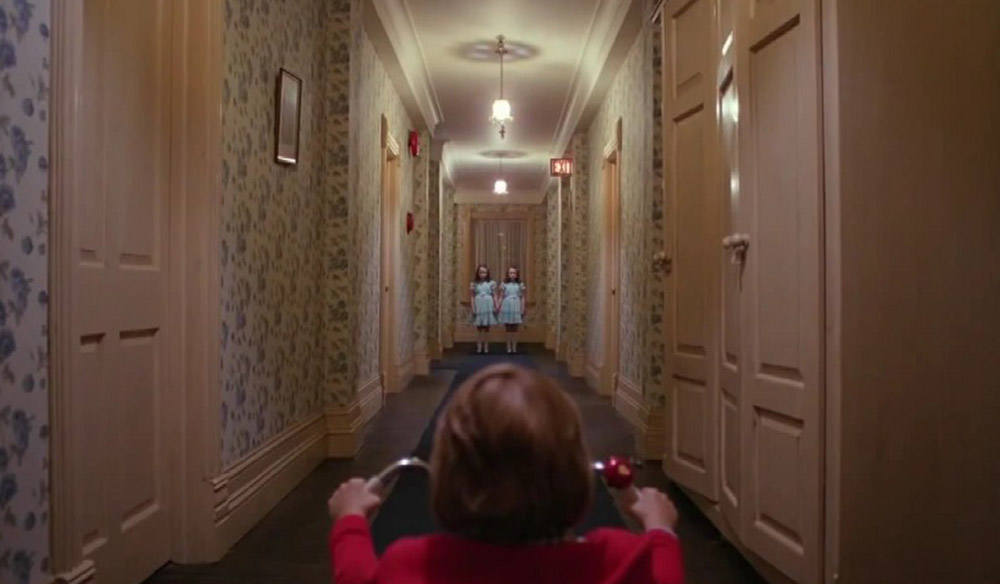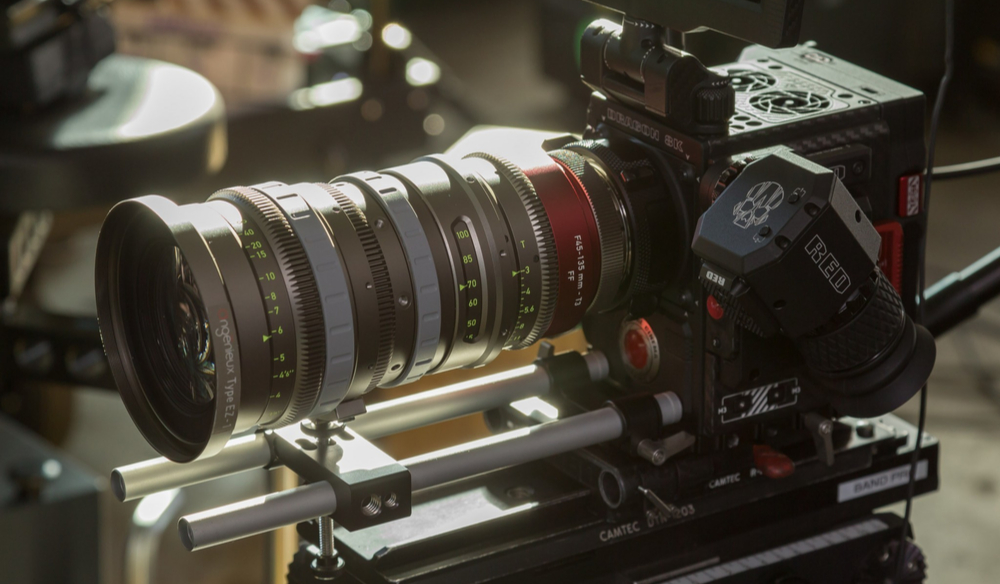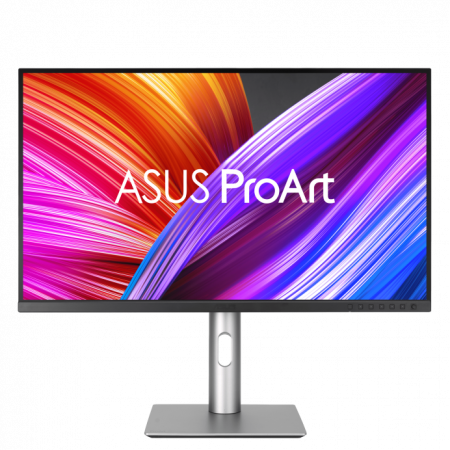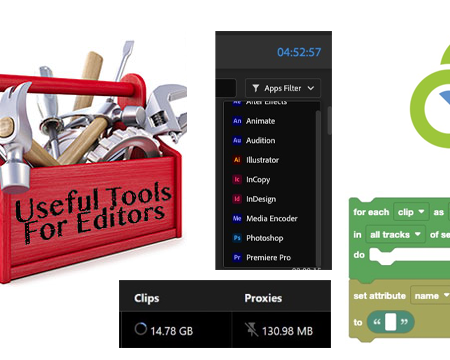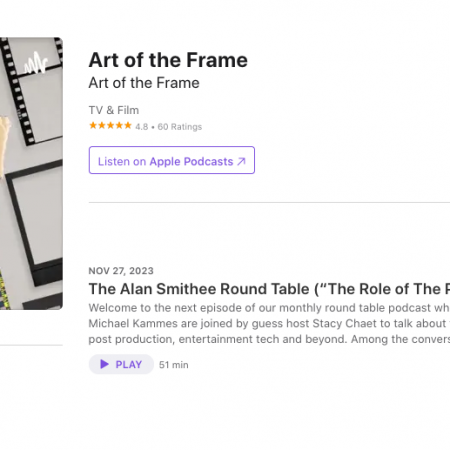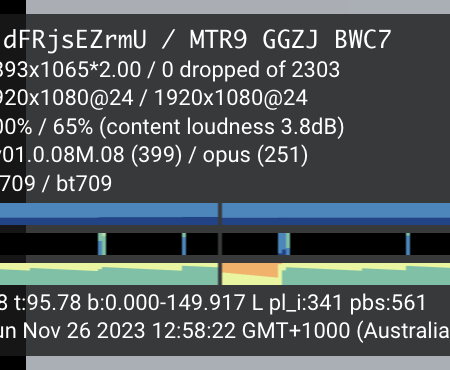Get ready to dive into the dark and hilarious world of FX’s “What We Do in the Shadows” with DJ Stipsen, the director of photography who brings this mockumentary-style show to life. PremiumBeat sat down with Stipsen to get the inside scoop on his unique approach to lighting and cinematography, and how he got his start in the industry. From his background in music videos and documentaries to his transition from the feature film to the episodic version, Stipsen shares his insights on the challenges and rewards of long-form filmmaking. Discover how he captures the energy and spontaneity of the show with his lighting plan and camera work, and how he creates a hyper-real form of documentary that blurs the line between reality and drama. Don’t miss this exclusive interview with one of the most talented DOPs in the business!Imagine having a lighting solution that is versatile, easy to control, and can speed up your production process. That’s exactly what DJ Stipsen created with his cube light prototype, made from aluminum frames and removable panels. Each box contains an LED light bulb that can change color and be sent up and down. The four sides of the box are covered with unbleached muslin fabric, and you can add duvetyne to expose just one side or all sides. The cube light comes in small and big sizes, making it perfect for hiding on the floor or behind furniture.
But the cube light isn’t just practical, it’s also visually stunning. Stipsen used flicker bulbs to create a firelight effect, and he even dyed soft boxes to match the color of a green glass chandelier in the foyer. To combat the yellow, warm tones of the old house, Stipsen used lavender gels on lamps to create a moonlight effect that could be separated and enhanced in post-production.
Stipsen used both the Sony VENICE and ALEXA-Mini cameras for the show, but he was blown away by the Sony VENICE’s dual ISO feature. The camera’s noiseless shadows and lack of grain made it a winner in Stipsen’s book, despite its heavier weight for handheld use.
Overall, Stipsen’s cube light and lighting solutions for What We Do in the Shadows prove that practicality and beauty can go hand in hand.The crew was facing a tough challenge, but they didn’t let it get them down. “We will be alright,” they said with determination. And they were! To capture the perfect shots, they used the top-of-the-line Angenieux Optimo zooms and Master Primes lenses.
If you’re hungry for more insider interviews with industry professionals, look no further. We’ve got you covered. Check out our exclusive talks with the likes of film composer Herdís Stefánsdóttir, costume designer Catherine Ashton, and production designer Melanie Jones. And don’t miss our chat with David Norland, the composer behind “My Dinner with Herve.” Trust us, you won’t want to miss these fascinating conversations.


